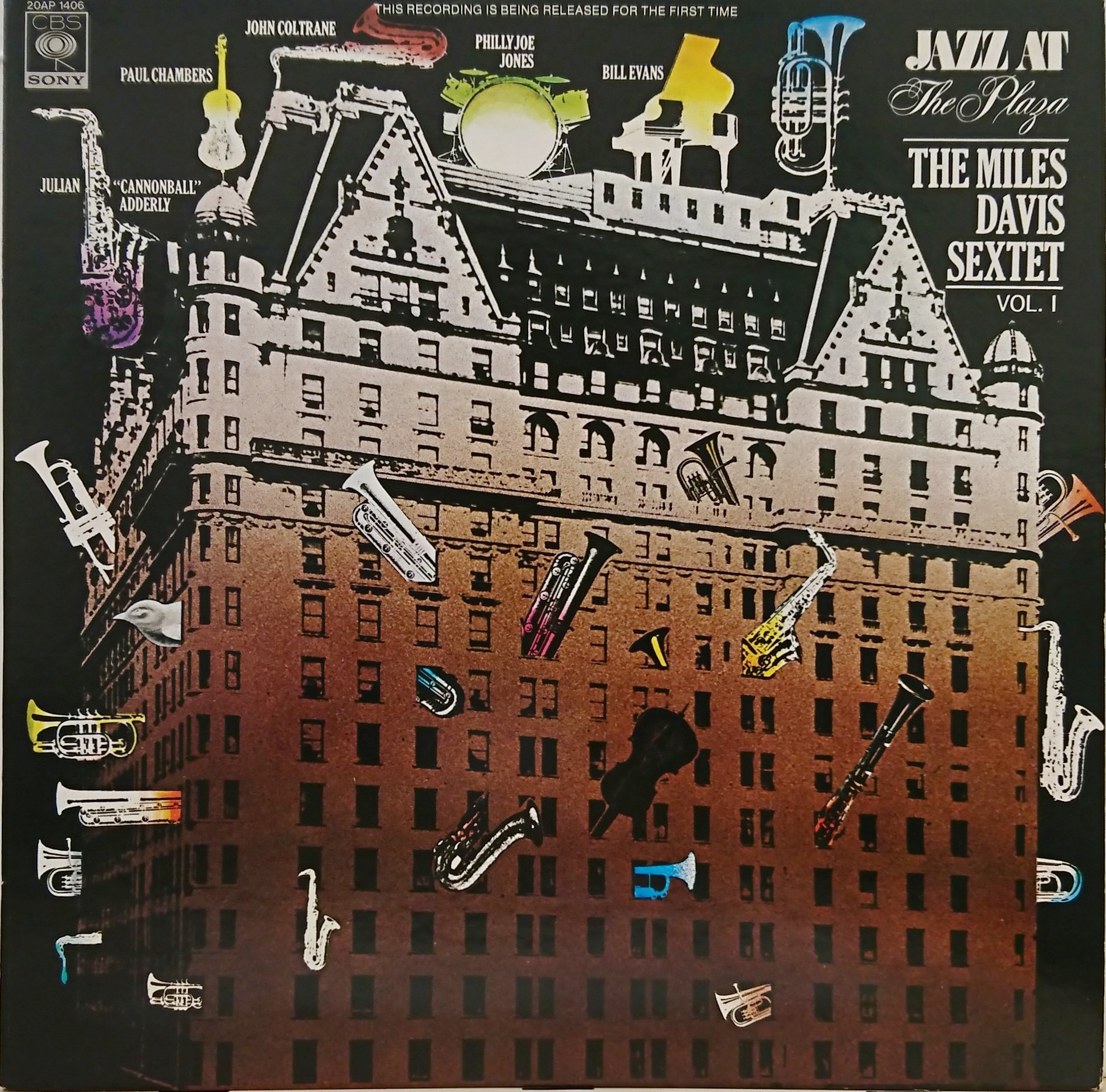Jazz At The Plaza by Miles Davis Sextet
/The 2001 CD release of this 1958 live recording bills itself as “the greatest jazz party ever thrown!” And maybe so. Music aside, just gaze at the album cover. Illustrated is the famous Plaza Hotel, a perfect microcosm of the jazz epicenter that is New York City. And above that are names like Miles Davis, Cannonball Adderley, John Coltrane, Jimmy Cobb, Paul Chambers, Bill Evans….a serious jazz fan will understand the significance. It’s the famous Miles Davis Sextet who, one year later, would be the main supporting cast contributing to Miles’s famous Kind of Blue album.
Still, you wouldn’t think that the “greatest jazz party ever thrown” at one of the best hotels in the city would have occurred at 5:00 pm. It was a celebration party for Columbia Records. Not exactly a great launching pad for freewheeling looseness. Perhaps that is why there is a little bit of a safe, stale quality to the performance. And if it doesn’t quite deliver the promise of Kind of Blue, it nevertheless represents some of the greatest musicians of all time doing what they do best. The results underscore Davis’s reputation which he had recently cultivated on classic records such as Cookin’, Bags Groove and Relaxin’.
So, greatest jazz party ever thrown might be a bit of an overstatement. Jazz At The Plaza can’t quite have the reputation of a Jazz at Massey Hall or Charlie Parker at Carnegie Hall. However, it might not be an overstatement after all! And that is because this same evening, Duke Ellington played a set with his group. And in totality that means for one special evening. And just great music. Any attendee declaring this as the greatest jazz party ever thrown will receive no argument from me. Enjoy!



